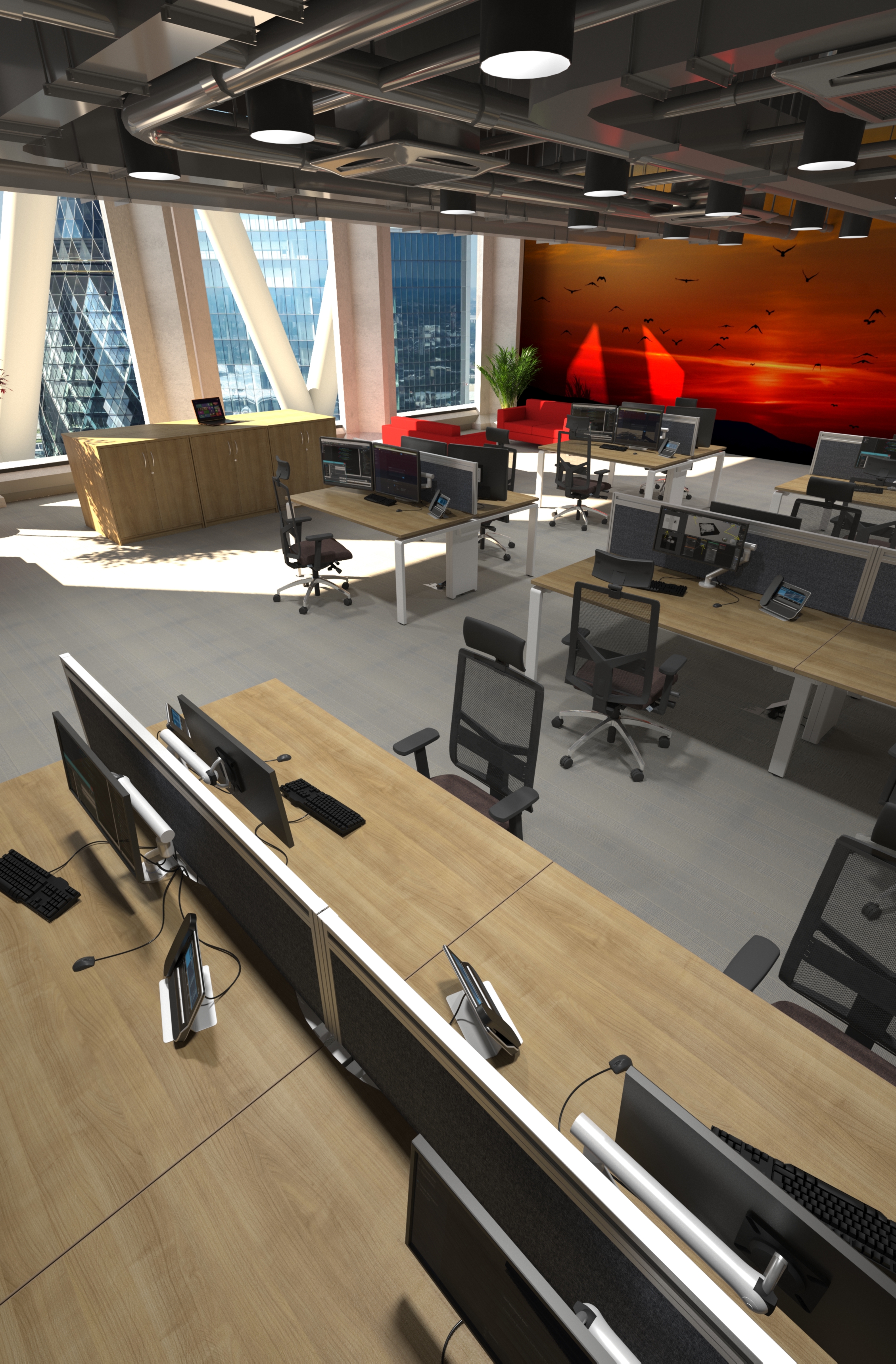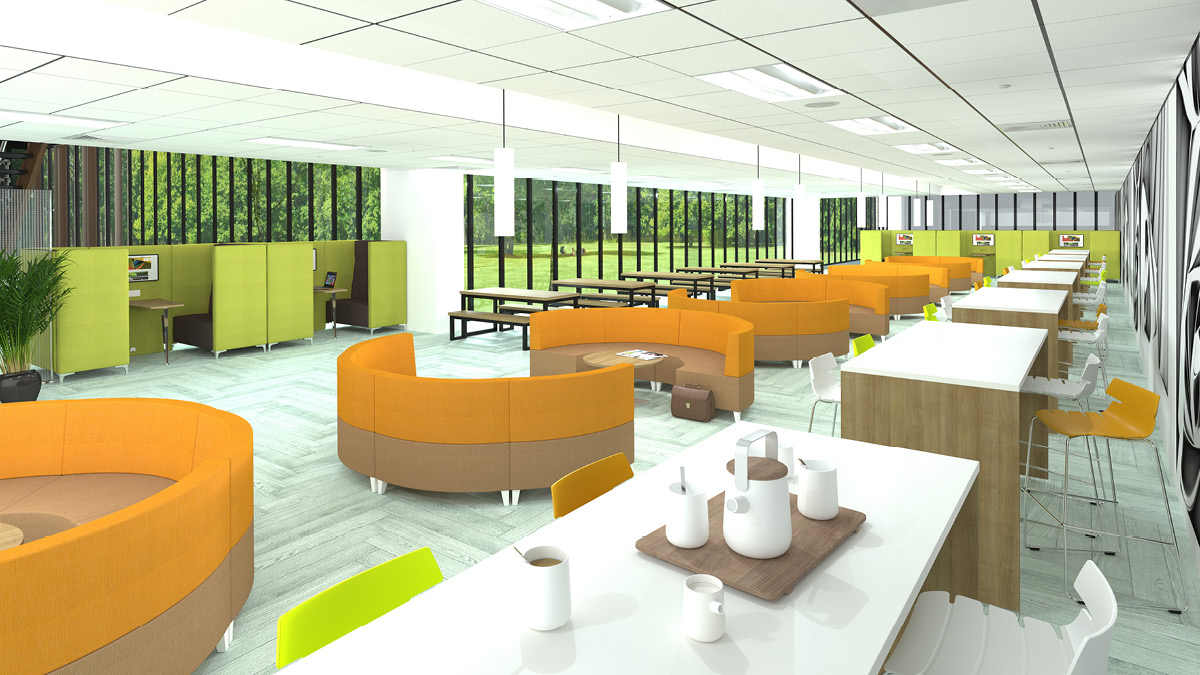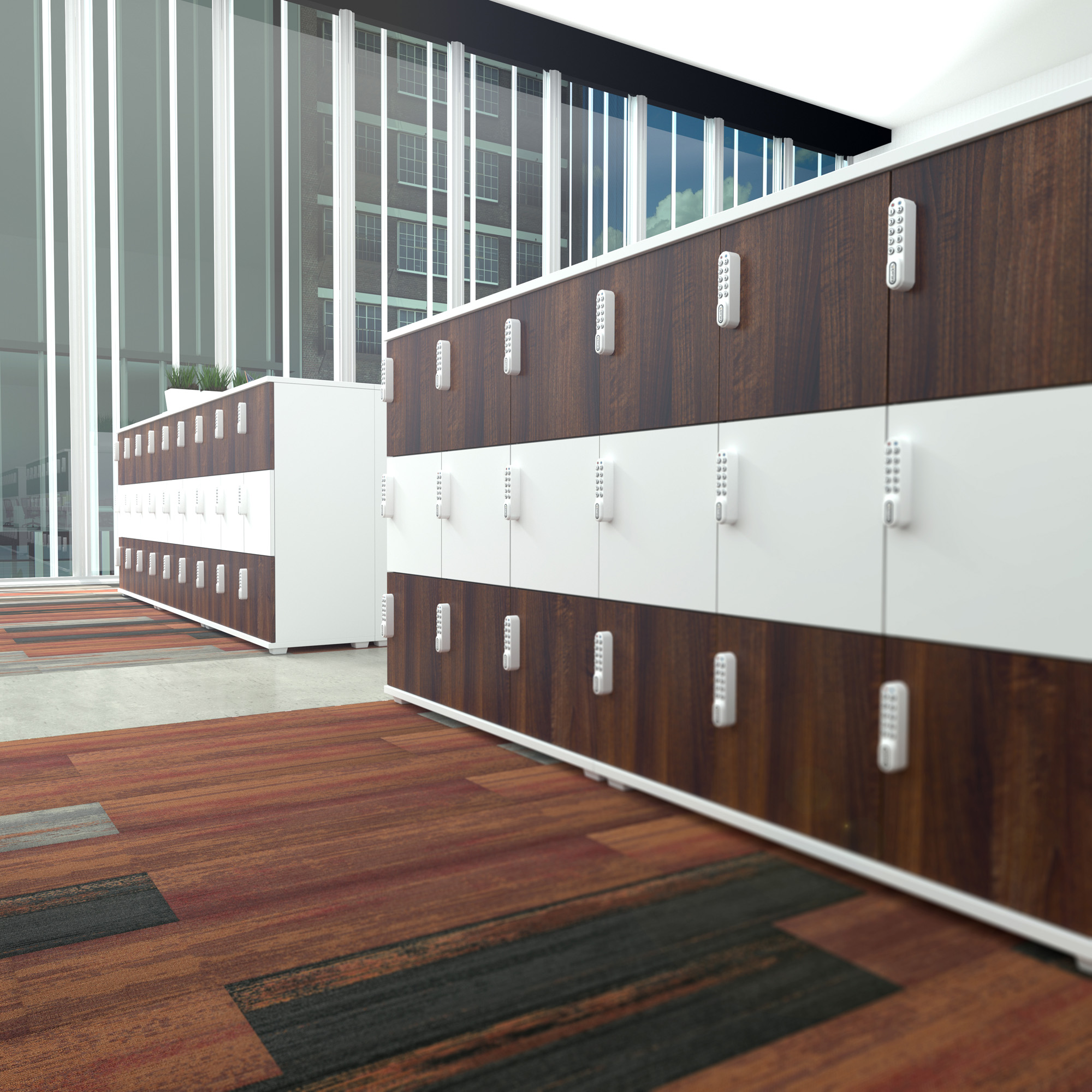The pace of change seems to be accelerating faster than ever, particularly in the workplace sector.
The impact of the pandemic, together with a greater focus on energy and carbon reductions, is dramatically changing workplace planning and space allocation.
A recent report, commissioned by the British Council for Offices, highlighted that previously used office space metrics, based on space-per-desk, are less relevant. The BCO is now recommending that allocation should be considered in terms of the amount of space needed per person. Until recently, it was common for companies to be reporting office densities of less than 8m2 per person whereas now, the proposal is between 10-12m2.
Arguably, the previously high office densities were a fundamental cause of issues relating to employee comfort and well-being. Noise disruption, lack of personal and concentration space also impact overall personal performance.
The opportunity for employees to work for some of the time at home is now widespread. Most companies and individuals do, however, recognise the importance of the office environment to provide a ‘hub’ for collaboration, a sense of community, and corporate culture. The combination of working from home and a central office hub is, for many, the best outcome. It caters to staff who are not always able to travel into the office for a variety of reasons whilst also providing a more formal, structured workplace.
As well as improvements to employee welfare and productivity through reducing office space density, there are energy & environmental savings too. High occupancy levels increase the requirements of mechanical, electrical, and plumbing systems, with associated increases in operational carbon and energy usage.
The impact of hybrid working clearly requires companies to evaluate their real estate requirements. For many businesses, lease commitments, together with the cost and disruption of relocation, necessitate a re-examination of existing space.
Whilst office design now needs to accommodate a range of meeting, collaboration, and social facilities, there usually remains a definite requirement for more traditional work settings. In the case of IT-dependent sectors, many employees still require a dedicated workstation. Standalone desks are still the preferred option for many. In addition, bench desking can offer this option as well as the added versatility to be used as a worktable for interactive discussions.

There remains a need for traditional working environments with the versatility to adapt to evolving requirements.

Collaborative space attracts employees back to the office.

Lockers offer personal storage for ‘hybrid’ workers.
The nature of business is that it is always changing and evolving. Office design and furniture continues to play a vital role in creating the ‘professional workplace’ and influencing how well organisations can function and perform. Understanding the changing needs and requirements is essential for furniture manufacturers and suppliers alike in order to support the business community.

 01953 453830
01953 453830